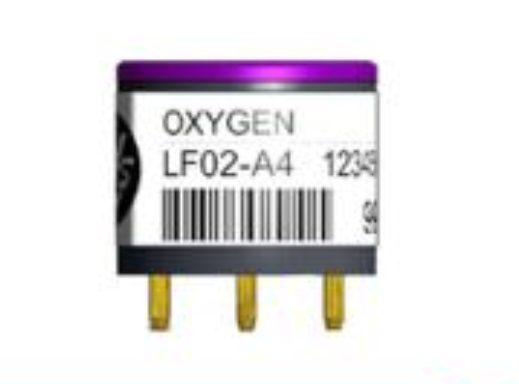Oxygen-enriched combustion, as an efficient and environmentally friendly combustion technology, shows significant advantages in improving fuel efficiency and reducing the harmfulness of emissions. Especially its application in gas-fired boilers not only improves fuel utilization and converts steel plant gas into more electricity, but also helps enterprises reduce investment costs.
Overview of oxy-combustion technology
Since the concept of oxy-combustion was first proposed by Homne and Steinburg in 1981 and verified by the Argonne National Laboratory in the United States, this technology has gradually attracted attention. Oxygen-enriched combustion refers to the use of oxygen-enriched air or pure oxygen with a higher oxygen concentration than conventional air (containing 21% oxygen) as a combustion-supporting gas. As China’s energy consumption and pollutant emissions increase year by year, in-depth research on the efficient and clean utilization of energy and the development of efficient and clean combustion power generation technology have become the key to ensuring the sustained, healthy and rapid development of the national economy. It is of urgent significance to environmental protection . Oxygen-enriched combustion technology, with its characteristics of improving fuel utilization efficiency and reducing the harmfulness of emissions, provides new application prospects for energy conservation and emission reduction.
Compared with traditional air combustion, the main advantages of oxygen-enriched combustion are as follows:
Increase flame temperature and blackness, lower fuel ignition point temperature, thereby promoting complete combustion.
Reduce the excess air coefficient, thereby reducing the amount of smoke after combustion.
Effectively inhibits the production of NO.
Simplify the flue gas treatment system and reduce treatment costs.
Suitable for new boilers and renovation of old boilers.
However, accurate monitoring of oxygen concentration during oxy-fuel combustion is crucial to ensure its stable operation and maximize efficiency. By monitoring oxygen concentration in real time, combustion conditions can be adjusted in a timely manner, fuel utilization can be optimized, and potential safety risks can be avoided. Therefore, when promoting and applying oxygen-enriched combustion technology, the importance of oxygen concentration monitoring should be fully considered and corresponding measures should be taken to ensure its accuracy and reliability.
In industrial processes, companies attach great importance to monitoring oxygen content and usually use real-time monitoring gas concentration monitoring equipment to prevent potential risks. In the oxyfuel combustion process, the main purpose of applying gas monitoring equipment is to improve combustion efficiency and save costs. In addition, in order to ensure that the discharged gas meets the national emission standards, a smoke monitoring system will be installed at the smoke outlet. These gas monitoring equipment have important guiding significance for industrial processes. As a sensor for monitoring oxygen content in flue gas monitoring systems , Gongcai.com recommends the British Alphasense lead-free oxygen sensor – LFO2-A4
1. Lead-free environmentally friendly three-electrode oxygen sensor (O2 sensor) LFO2-A4 Description:
Oxygen sensor (O2 sensor) LFO2-A4 is mainly used to measure the concentration of oxygen gas in the environment. The lead-free and environmentally friendly three-electrode oxygen sensor from Alphasense in the UK has a longer lifespan than conventional ones, reaching a lifespan of more than 4 years.
2. Main features of lead-free and environmentally friendly three-electrode oxygen sensor (O2 sensor) LFO2-A4:
(1) Oxygen sensor measurement range (%): 0-30
(2) Working life: more than 4 years
(3) Dimensions (mm): Φ20.3×16.5mm
(4) Output: 95 – 115 μA @ 20.9% O2
(5) Response time t90 (seconds): < 20 from 20.9% to 0
(6) Linearity (ppm): <0.1 at 10% O2 error
(7) Weight: < 6g
(8) Temperature range: -30 – 50℃
(9) Pressure range: 80 – 120Kpa
(10) Humidity range: 5 – 95%RH
(11) Storage time: 6 months (storage temperature 3 – 20℃)
3. Lead-free environmentally friendly three-electrode oxygen sensor (O2 sensor) LFO2 -A4 application scope:
Lead-free oxygen sensors are widely used in coal mines, steel, petrochemicals, medical, etc.
productsmenu
cindy@justwellcenter.com+86 13376981664
You are here:
- Home
- Industry News
- Monitoring of oxygen concentration during…








